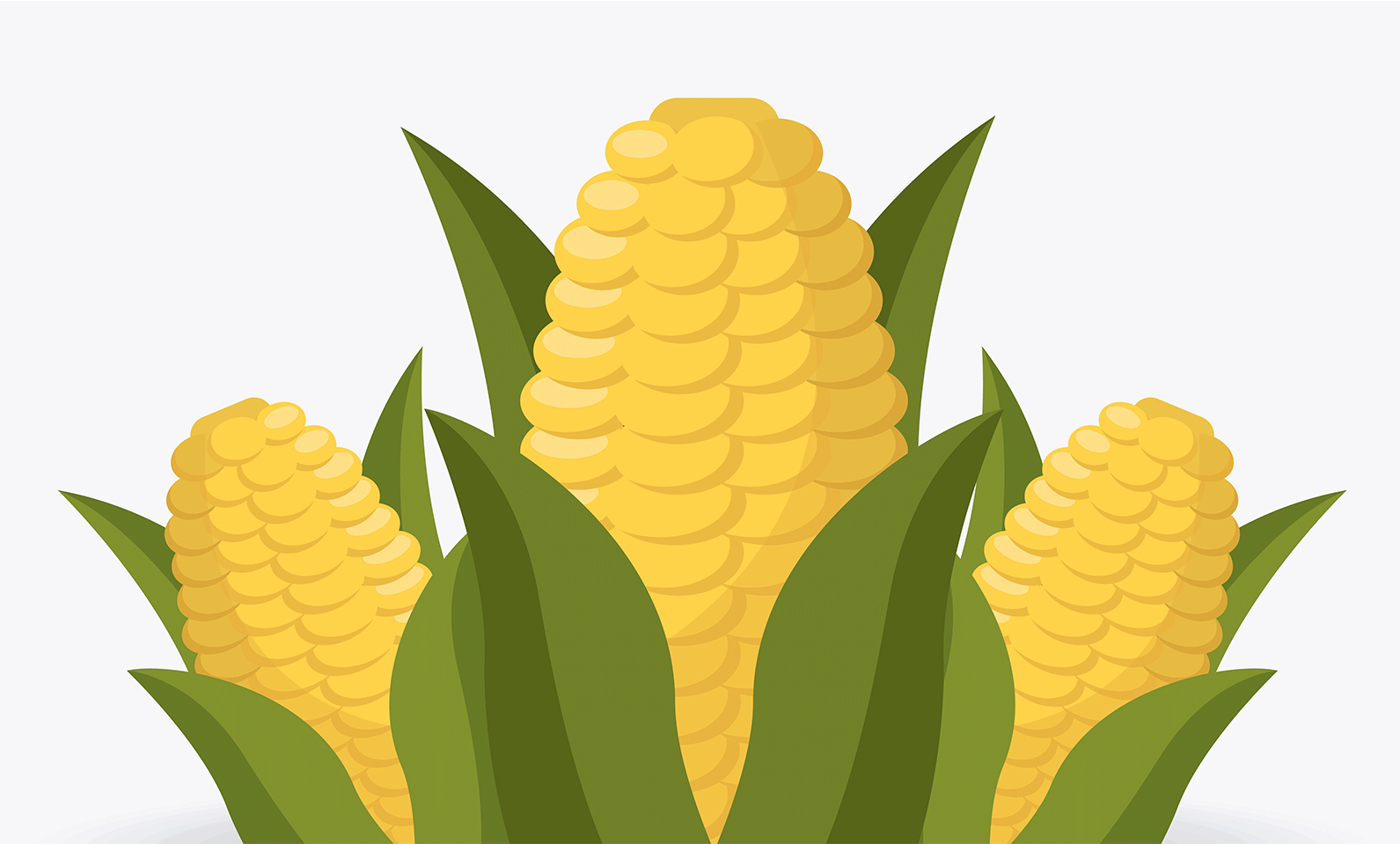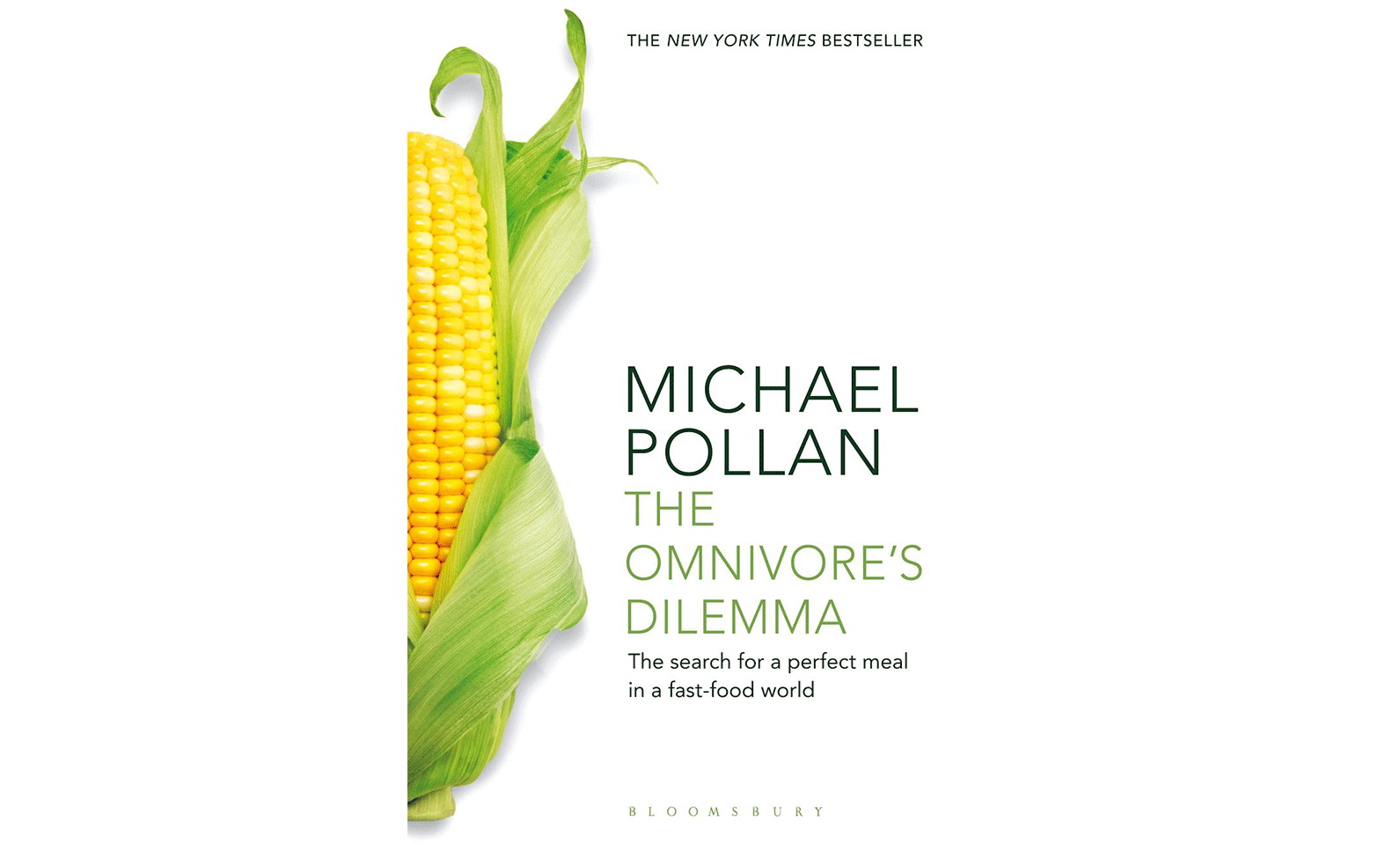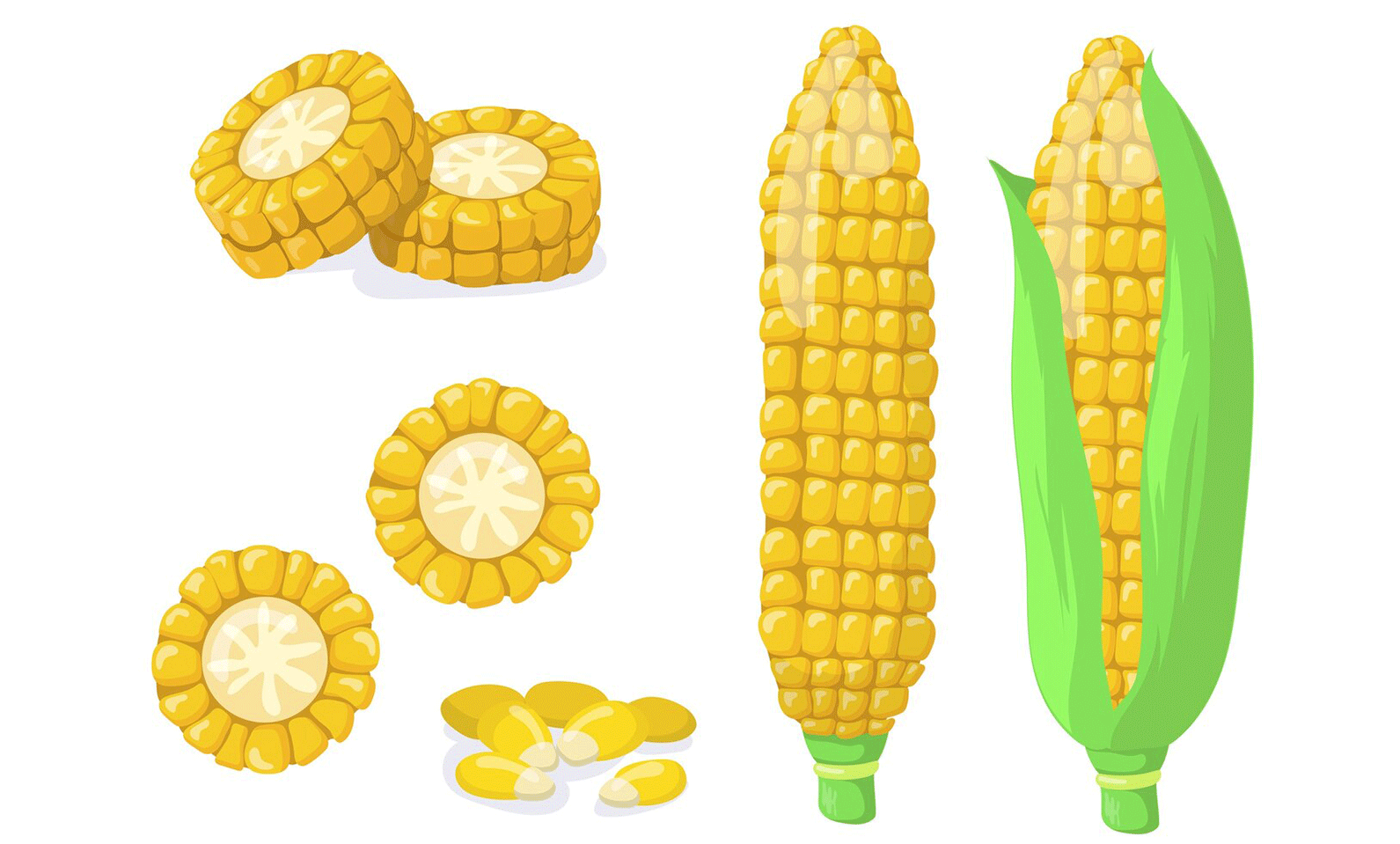Moving away from large-scale food production, Pollan explores the local sustainable food movement by spending time at Polyface farm, a small, pasture-based farm in Virginia (USA). Here, he experiences a radically different approach to food, where animals are raised in harmony with the land, and farming practices are designed to regenerate the soil rather than deplete it. This section of the book is particularly compelling because it presents a hopeful alternative to industrial agriculture. Pollan showcases how small farms can produce high-quality food while benefiting the environment, but he also acknowledges the challenges they face in competing with large corporations. His experience at Polyface Farm suggests that eating locally and sustainably may be one of the best ways to fix our broken food system, but it requires a shift in both consumer habits and food policies.
The final section of the book is Pollan’s most personal journey as he attempts to create a meal entirely from food he has hunted, gathered, or grown himself. He learns to hunt wild boar, forage for mushrooms, and even make his own salt. This experiment forces him to confront the ethical questions of eating animals and the deep connection humans once had with their food. Unlike industrial food, which distances consumers from the reality of how their meals are produced, hunting and gathering demand full awareness and responsibility. While Pollan does not suggest that everyone should return to foraging, he argues that being more involved in the food we eat can lead to a greater appreciation.
What makes The Omnivore’s Dilemma such a powerful book is its ability to blend investigative journalism with personal storytelling. Pollan does not preach a specific diet or lifestyle, instead, he presents the facts and encourages readers to draw their own conclusions. His writing is engaging and thought-provoking, making complex topics accessible without oversimplifying them.









